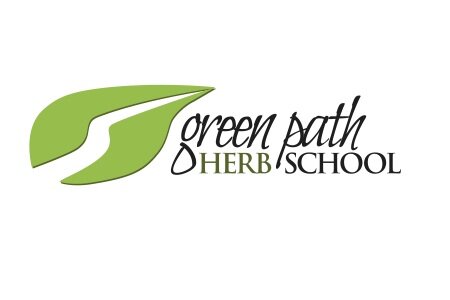Making an Herbal Salve
Herbal Salves are herb infused oils that have been combined with a thickener, such as beeswax, to create a solid product at room temperature. Used externally, they are an effective way to treat anything from a mild skin irritation to a specific skin or musculoskeletal concern. You can use salves for the following issues:
Rashes
Splinters
Dry skin
Shingles
Minor bruises
Sprained ankles
Arthritic joints
First aid
Muscle aches and pains
Aromatic chest rubs
Stretch marks
Dry cuticles
Cracks in skin
Hemorrhoids
Most salves are protective in nature, creating a barrier for the skin. They can be helpful to use before exercise as they hold in warmth. They help to speed healing to the skin, muscles, ligaments and joints.
There are also times to avoid salves. If there is a concern about infection, products containing waxes or fatty oils can seal bacteria or fungi into the wound and should be avoided. In the following instances, it may be more helpful to use essential oils, honey, or an herbal compress.
New burns and fresh sunburns
Puncture wounds
Uncleaned wounds
Large deep wounds
Animal bites
Self Heal is a wonderful herb to make into a salve.
Herbs for Salves:
There are more, but here are some examples of herbs that work well as salves.
Calendula, Cayenne, Chamomile, Chaparral, Comfrey, Lavender, Marshmallow Leaf, Mullein Leaf, Oregon grape Root, Plantain, Sage, Yarrow, Witch Hazel, Plantain, Self Heal, Rose, Poplar Bud, Arnica, St. Johnswort, Chickweed, Echinacea
How to Make an Herbal Salve
If you would first like to know how to make an herbal oil, you can read our article and watch our video here. Once you have made or purchased your herbal oil, you are ready to make your salve.
You will need:
Herbal oil(s)
Beeswax
Containers
Labels
Double boiler
Pyrex glass measuring cup
Plate and spoon
Directions:
I generally like to use 20-25% beeswax by weight in my salves. This ends up being 4-6 parts herb infused oil by volume to 1 part beeswax by weight. For example, if you have 4 ounces of herbal oil, use about 1 ounce of beeswax. You can use a bit less beeswax if you prefer a softer salve, or a bit more beeswax if you like your salve harder. I recommend you play with the ratios until you get a consistency that you like.
Melt your beeswax in a double boiler until it is liquid. There is no need to grate it first.
Once melted, add the herbal oil.
Stir well until beeswax and oil are incorporated and completely melted.
You can also add other oils or butters such as lanolin, cocoa butter, or coconut oil for a creamier consistency. It is fun to experiment with your own recipes!
You can check for consistency with a spoon and plate. Just spoon a little salve onto your plate and let it cool. It is easy to adjust your consistency by adding more oil or beeswax at this point.
Remove your pan from heat and add essential oils if desired.
Pour into containers and let cool before capping and labeling.
Recipes:
First Aid Salve:
This recipe is a versatile formula for stings, cuts, abrasions, mild infections and splinters.
2 ounces Calendula Oil
1 ounce Mullein Flower Oil
1/2 ounce Oregon Grape Root Leaf Oil
1/2 ounce Echinacea Root Oil
1 ounce Beeswax
3 ml tea tree essential oil (about 30 – 40 drops per mL)
All Purpose Skin Salve:
All Purpose Skin Salve is useful for dry skin, rashes, skin and heel cracks, eczema, skin inflammation, hemorrhoids and dry cuticles.
2 ounces Plantain oil
1 ounce Calendula flower oil
1 ounce Comfrey leaf oil
1 ounce Beeswax
3 mL lavender essential oil (about 30 – 40 drops per mL)
What are your favorite salve recipes? I’d love to hear in the comments below.
© Elaine Sheff, Clinical Herbalist, RH (AHG)



